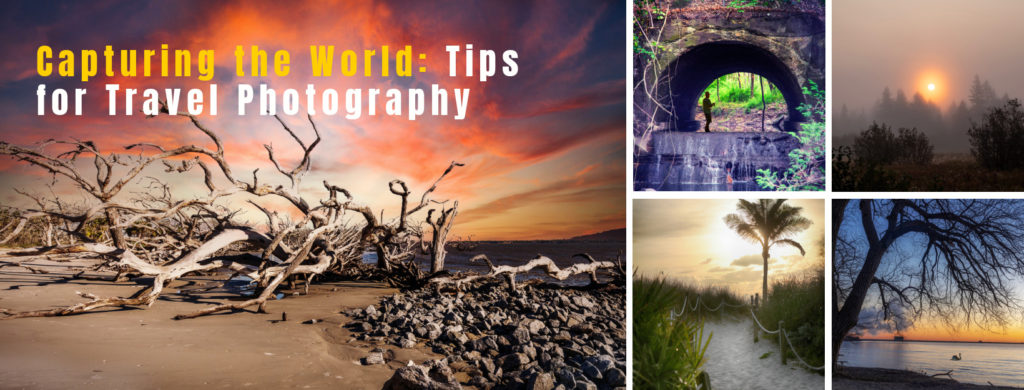
Travel photography is not just about taking snapshots, it’s about choosing a life of curiosity, exploration, wonder, and immersing yourself in the world around you. My wife and I have been fortunate enough to have travelled to many parts of the world capturing our adventures through photography. The work has been published in several magazines such as, Visual Wilderness, Luminous Landscape, Canadian Photo News, Graphic Arts Magazine and the photos have been recognized for photographic excellence. And now we want to share our knowledge, secrets and insights from our travel photography with you so you can take better travel photos. So, here’s our top 10 travel photography tips!
16-35mm lens, 1/80 sec., f/11, ISO 100, AV mode
Research Your Destination
It all starts with a creative vision. Before visiting a location, I research the area to identify points of interest. I use the Photographer’s Ephemeris app to understand how the light will fall on the location. Explore the region you want to photograph by looking up the top ten things to do there. Learn about the people and their culture. With all that preparation, approach the photo shoot ready yet open-minded.
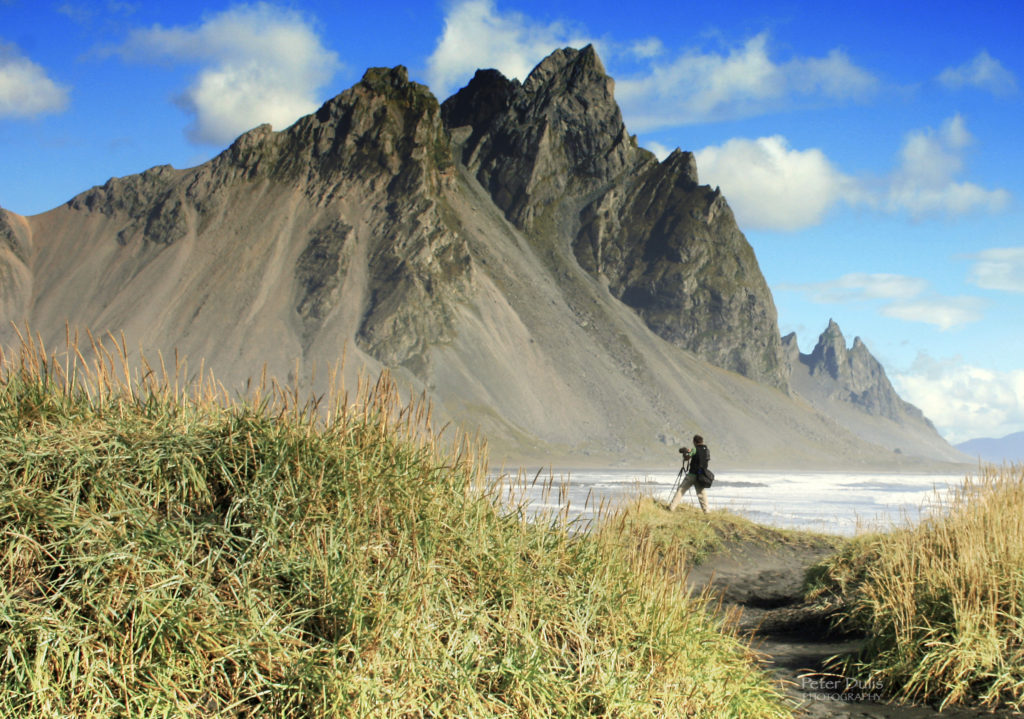
Pack Smartly
There’s nothing more frustrating than arriving at your destination and realizing you’ve forgotten something important! To avoid this, I created a check list many years ago and always double-check it before traveling. Besides personal items, my list includes essential gear: a versatile camera, lenses, extra batteries, memory cards, and a lightweight tripod. Additionally, consider using a weather-resistant bag and protective gear for your equipment. It’s definitely worth making a list and updating it periodically.
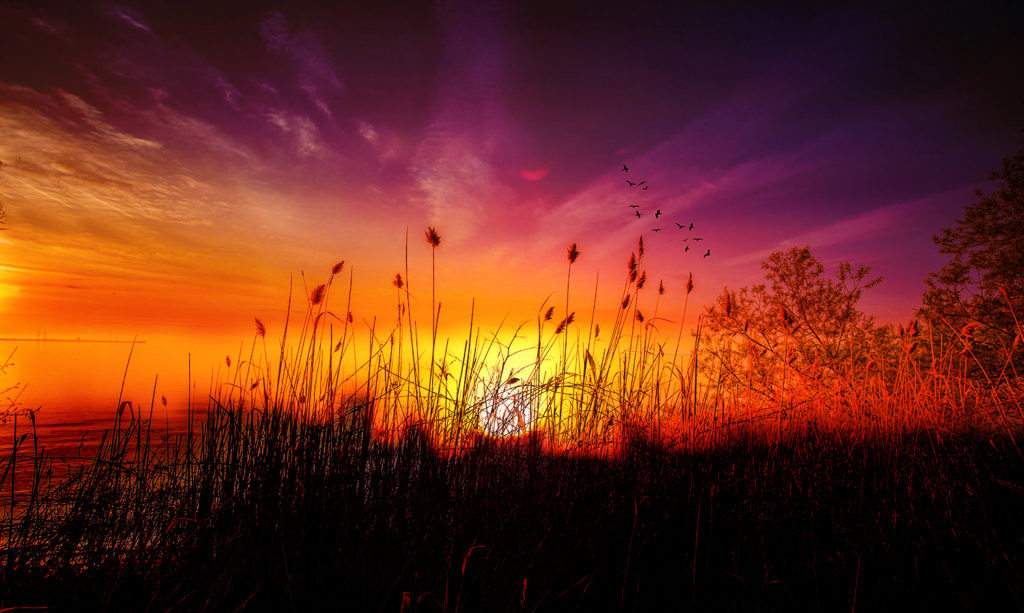
24-70mm lens, 1/60 sec., f/11, ISO 400, AV mode
Light is Critical:
You might have heard the saying that it’s better to have a decent composition with fantastic light than a great composition with poor light. Lighting is crucial—it can make or break a photograph. Pay attention to your camera’s histogram to ensure you have good highlight and shadow detail. If your image is too bright or too dark, it will be difficult to correct in post-production. Shoot during the golden hours (early morning and late afternoon) for soft, warm light. Avoid harsh midday sunlight unless you’re aiming for a specific effect.
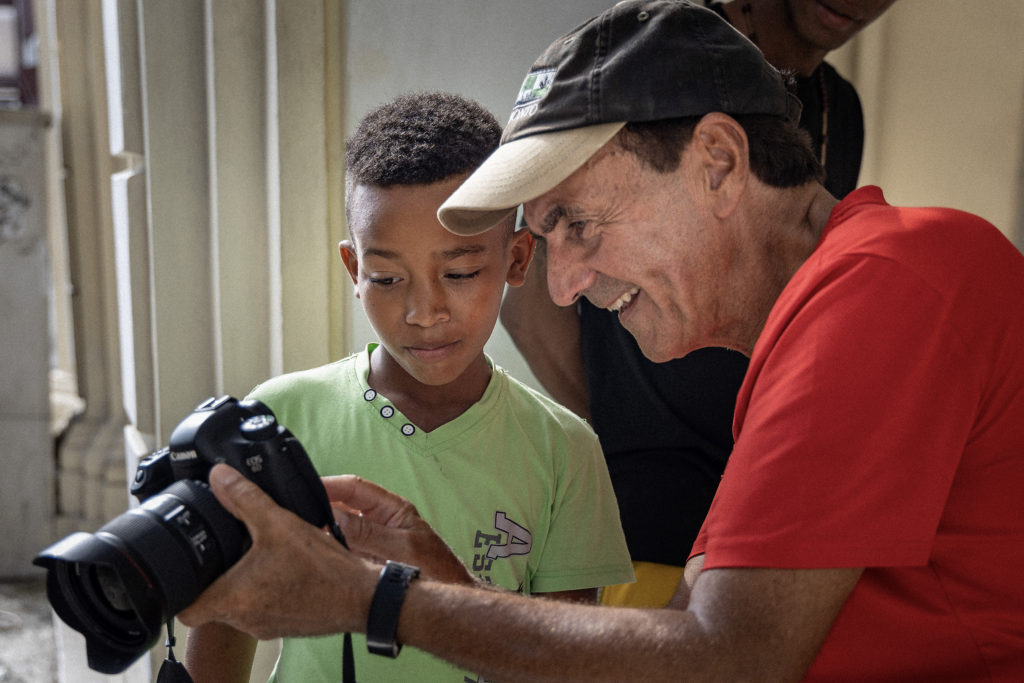
24-105mm lens, 1/250 sec., f/4, ISO 100, AV mode
Engage with Locals:
Respectfully interact with people you photograph to capture genuine expressions and moments. Learn some basic phrases in the local language to build rapport. This effort shows respect and can help break the ice. Engage in local events, festivals, or daily activities. Participating can provide unique photo opportunities and help you understand the culture better. Blend In: Try to be inconspicuous to avoid disrupting the scene. Dress modestly and be mindful of your behavior to blend in more easily.
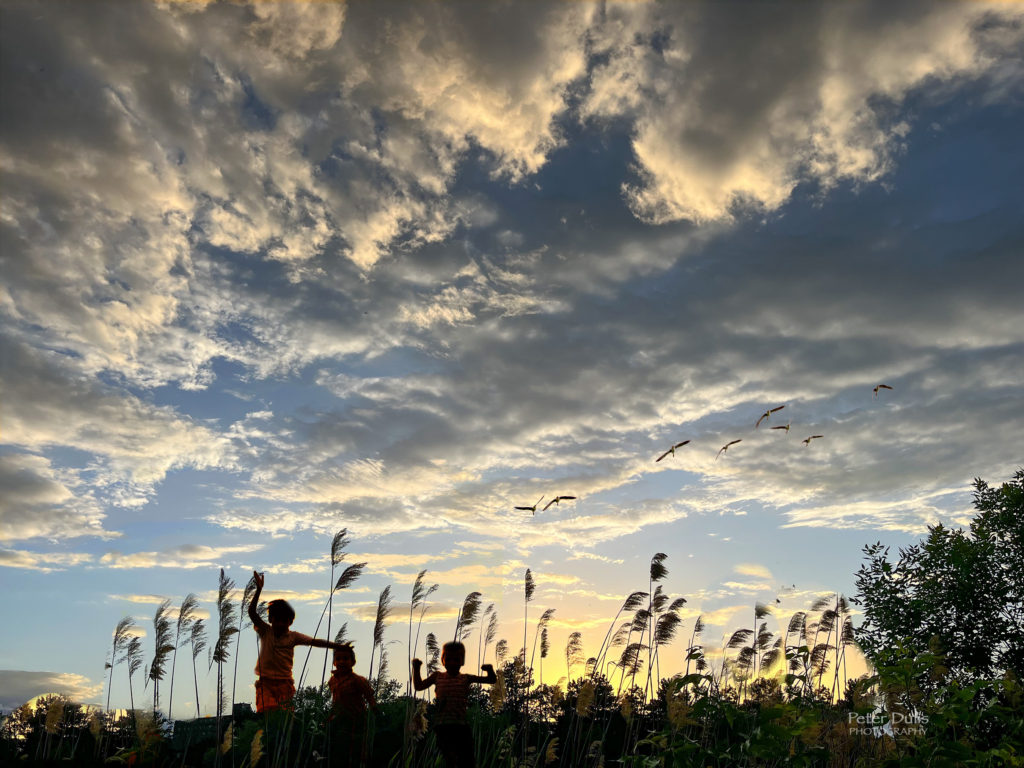
iPhone 13, 1/3000sec., f/16; ISO 50, Normal
Tell a Story:
Every picture should tell a unique story. When you take a photo, what message are you trying to convey to the viewer? Photography goes beyond simply capturing images; it’s about embracing a life of curiosity, exploration, and wonder. It begins with cultivating the ability to see things from a fresh perspective, allowing each image to narrate its own tale. Capture a mix of wide-angle shots, close-ups, and details to convey the full story of your travels. Include elements that provide context, such as local signs, foods, and customs.
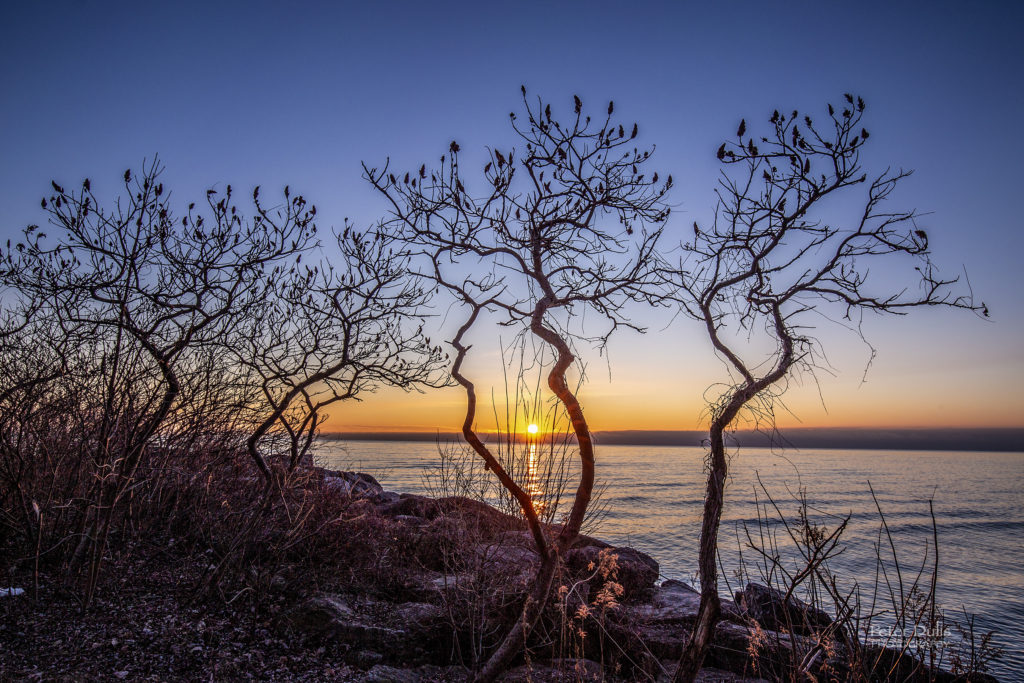
16-35mm lens, 1/80sec., f/11, ISO 100, AV mode
Composition Techniques:
Composition is the foundation of any good photograph. A skilled photographer arranges the visual elements within their frame to tell a story. Key rules of composition include using the “rule of thirds,” creating depth with “leading lines,” “filling the frame,” choosing an appropriate “depth of field,” and using diagonal lines to add energy. You can explore these “rules of composition” online and practice applying them in your photographs. My favorite saying is, “learn all the rules and then break them; that’s when you start creating truly brilliant work.”
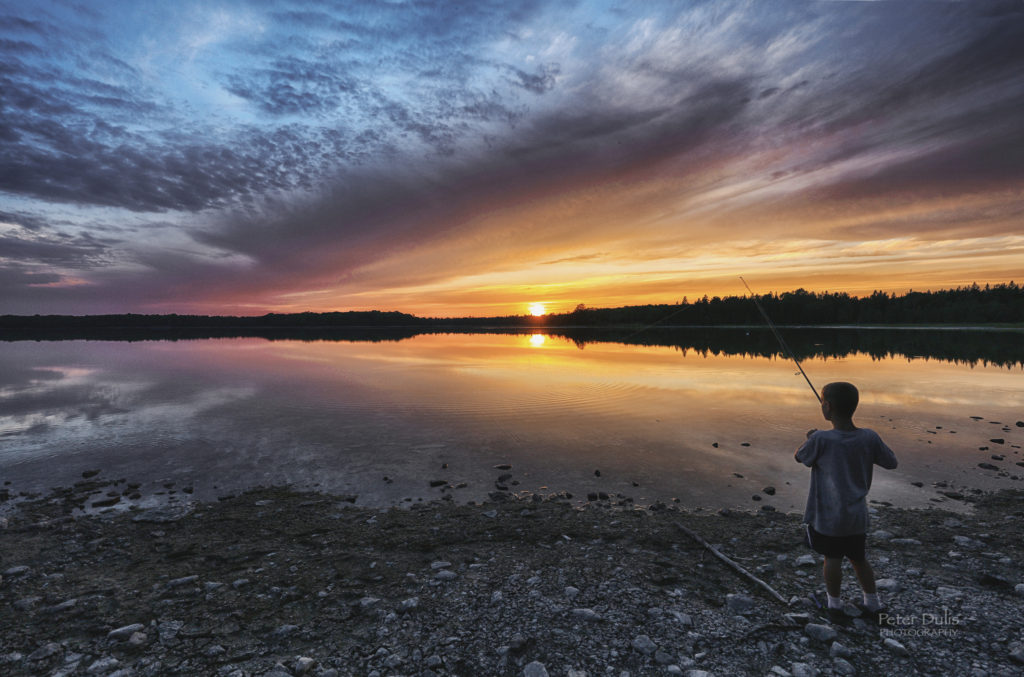
11-24mm lens, 1/200sec., f/4, ISO 100, AV mode
Experiment with Perspectives:
Perspective not only makes a photo more interesting; it allows the viewer to be drawn into the photo. It’s essential to pay close attention to the foreground, middle ground, and background, with depth of field playing a crucial role. There is no right or wrong way to convey your images; you just need to find that unique angle to highlight geometric shapes. Change your vantage point to find unique angles and viewpoints. Try shooting from high above, ground level, or even underwater if possible.

iPhone 13, 1/11sec., f/1.6; ISO 650, Normal
Be Patient and Observant:
Wait for the Moment: Sometimes, the best photos come from waiting and observing. Be patient and ready to capture spontaneous moments. Observe the surroundings and be ready to capture unexpected opportunities. Serendipity is one of the most beautiful things about photography. It is explained as “making fortunate discoveries by accident.” Sometimes things just happen in front of you, and we need to be ready to capture this moment in time.
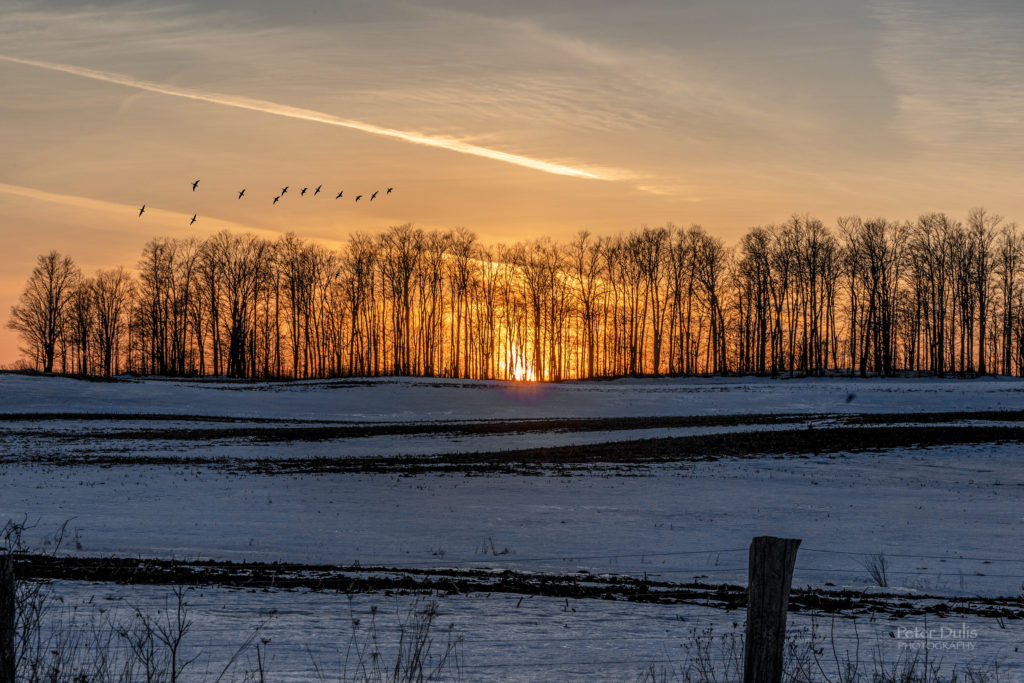
24-105mm lens, 1/125sec., f/16, ISO 160, AV mode
Stay Safe and Respectful:
Be mindful of cultural sensitivities and ask for permission when photographing people or private properties. Be mindful of cultural norms regarding privacy and personal space. Avoid photographing people in vulnerable situations or without their consent. Prioritize your safety and the safety of your equipment, especially in crowded or unfamiliar areas.
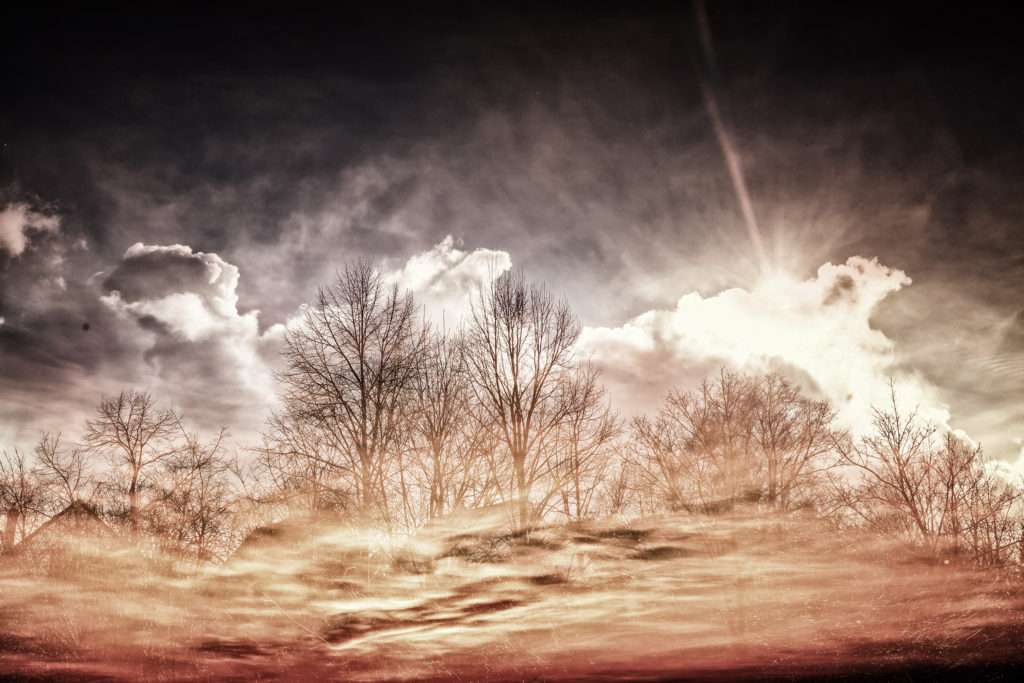
16-35mm lens, 1/400sec., f/11, ISO 100, AV mode, double exposure
Post-Processing:
The final aspect to consider is post-editing. If you are a strong advocate of “Straight Out of Camera” photos, this may not be as relevant for you. However, if you shoot in RAW (which I highly recommend), you will have a file that serves much like a canvas which you can paint on. Edit your photos to enhance colors, contrast, and sharpness, but avoid over-editing. Use software like Lightroom or Photoshop for adjustments and corrections. However, exercise caution—overdoing contrast, saturation, or other adjustments can easily ruin an otherwise excellent photo.
By following these tips, you can improve your travel photography skills and capture images that truly reflect the essence of your journey.
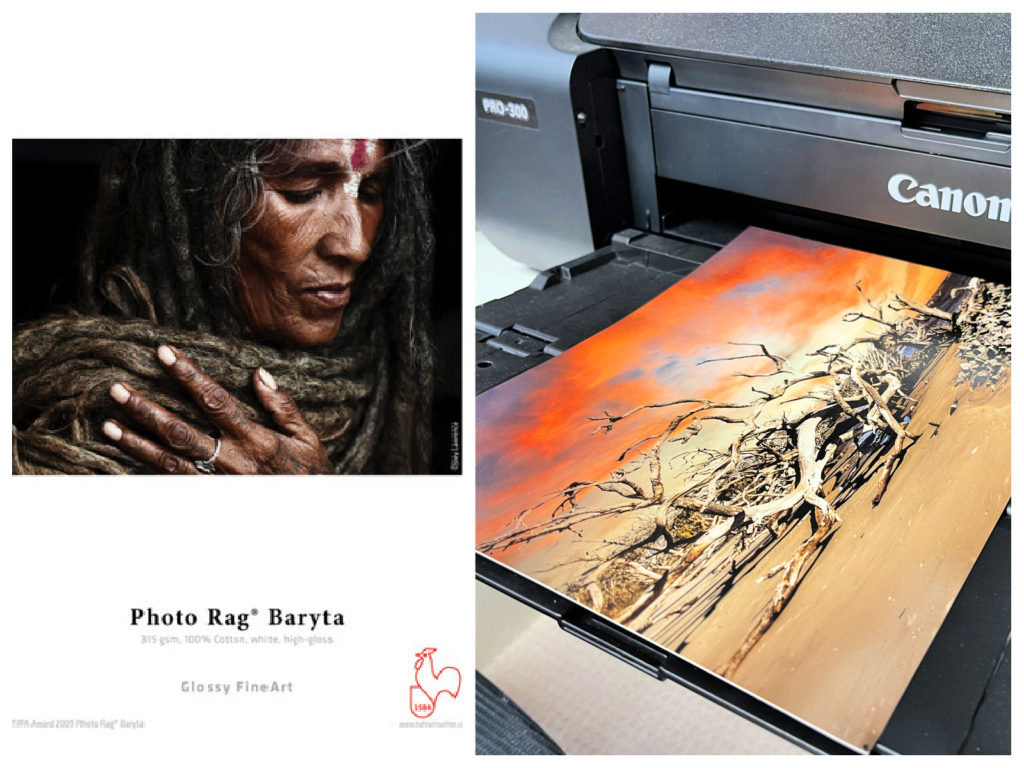
The Finishing Touch
For this travel photography collection, I wanted to use the Hahnemühle Photo Rag Baryta paper, one of the most popular of the Hahnemühle fine art inkjet papers. This paper features a 100% cotton base with a very finely textured gloss surface finish. The paper also contains barium sulphate to further enhance the density, color gamut, color gradation, and sharpness while maintaining the feel and quality of a traditional paper. I loved it – give it a try!
Happy Shooting & Printing
Ps – Join me for a trip to Tobermory, Ontario Oct.4-6, 2024 for a unbelievable photography workshop –
https://www.peterdulisphotography.com/photography-workshops

2 thoughts on “Capturing the World: Tips for Travel Photography”
Thanks so much Mark for the kind words 🙂
Beautiful presentation gorgeous photos